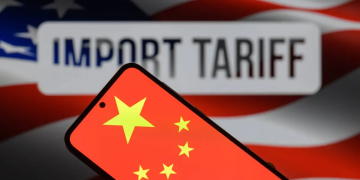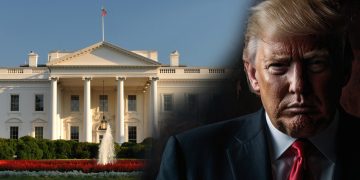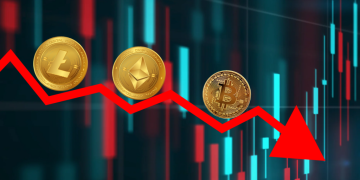According to FX strategists interviewed by Reuters, the US dollar is strengthening and may trade stronger than forecast in the coming months if the policies of the Federal Reserve and other major central banks diverge.
The US dollar bounced back from a post-recession in late 2023, indirectly defying forecasts of US dollar weakness from strategists in a Reuters poll over the past year, and is already up 4.3% this year against a number of major currencies.
The US dollar is also more likely to trade stronger than forecast than lower over the next three months, according to a majority of nearly 75% of financial strategists, 42 of 58, in a Reuters poll from April 29 to May 2.
Fed Chairman Jerome Powell said on Thursday after the central bank's latest meeting that policymakers will "take longer than previously expected" to gain enough confidence in inflation to return to the 2% target, reinforcing remarks in a recent speech .
Financial markets now rate a 56% chance of a first rate cut of at least 25 basis points in September, but a greater 68% chance of a cut in November, according to the CME FedWatch tool, in line with economists' forecasts in a separate Reuters poll of two weeks ago, and down from the six legislators expected in January.
This will cause significant policy divergence among the world's major central banks, which, after simultaneously raising rates to levels not seen in decades to deal with extreme inflation, may start cutting interest rates at different times.
The European Central Bank and the Bank of England are expected to cut rates earlier than the Fed, in June and August, respectively, according to a separate Reuters poll.
The median forecast of 80 currency strategists in the survey was for the euro to stay at its current level of $1.07 through the end of July and then strengthen only slightly to $1.08 in six months, down from the $1.10 forecast in last month's survey and the weakest forecast in the survey Reuters throughout the year.
The Japanese yen, which has fallen about 10% for the year and hit a 34-year low of 160.03 per dollar earlier this week, recovered some of its losses as intervention from Japanese authorities was detected.
"With US yields rising and the dollar strengthening, what the Bank of Japan is really trying to do is buy time to delay the (recent) weakness until the fundamentals start to move towards a stronger yen," said Lee Hardman, senior currency analyst at MUFG.






















































